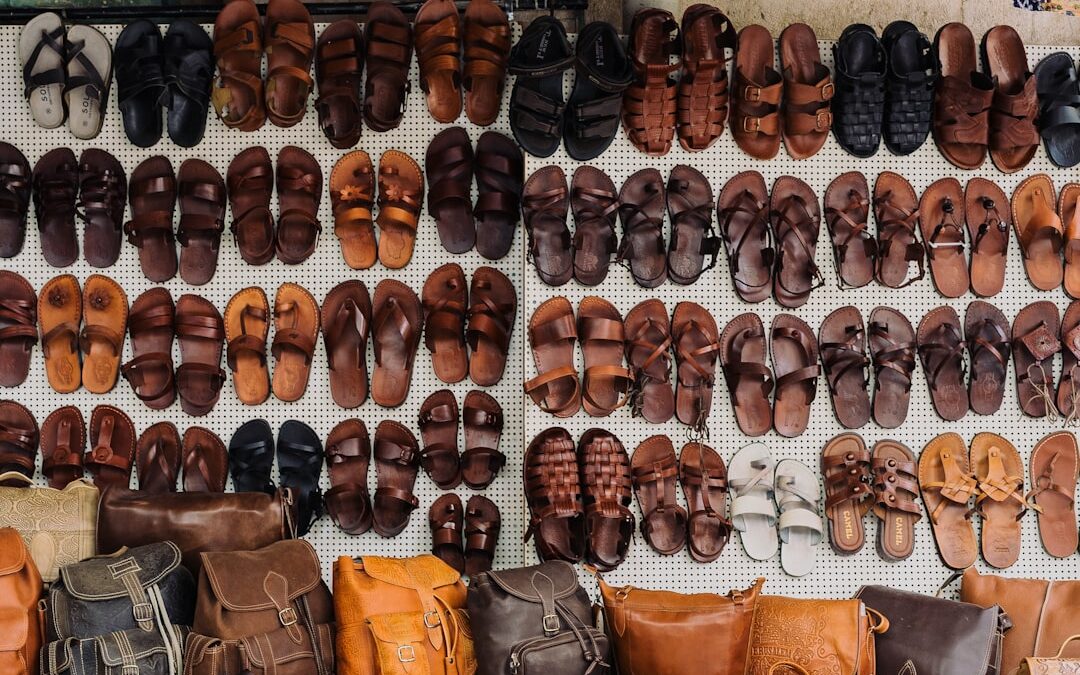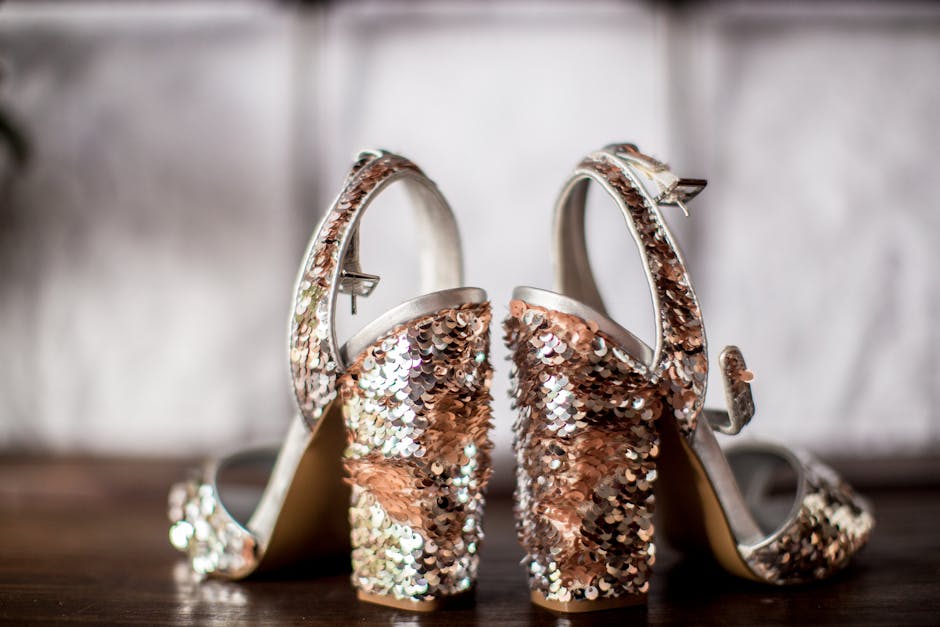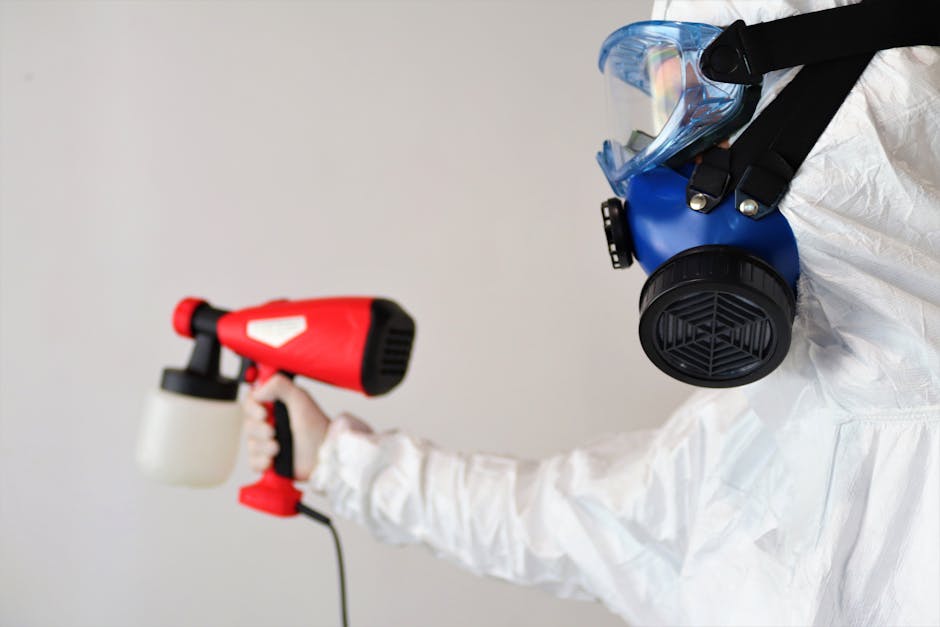When dealing with mold on sandals, understanding the quick basics can save your favorite pair. Mold grows where there’s moisture and darkness, making your sandals an ideal target if not properly cared for. The key to battling mold is straightforward: Keep sandals dry, well-ventilated, and clean.
Mold isn’t just unsightly; it can potentially harm your health and degrade the quality of your sandals. In a week, you can turn the tide against mold challenges with proper identification, cleaning, and preventive steps. This quick guide is designed to navigate you through each phase, ensuring your sandals remain in pristine condition.
To immediately address the search intent, here’s a concise plan:
– Day 1: Identify and prepare for cleaning
– Day 2: Apply initial cleaning methods
– Day 3: Undertake deep cleaning steps
– Day 4: Focus on thorough drying and ventilation
– Day 5: Implement preventative measures
– Day 6: Maintain regular care and inspections
– Day 7: Consult professional services for in-depth issues
This methodical approach, detailed in the coming sections, will help you reclaim your sandals from the grips of mold. Whether you’re a retailer aiming to preserve stock quality or a shoe enthusiast looking to extend the lifespan of your sandals, these steps will serve as your blueprint for mold-free footwear.
Identifying Mold on Sandals
Identifying mold on your sandals is the first crucial step in tackling this challenge. It’s like being a detective, but instead of solving mysteries, you’re saving your footwear. Let’s break down what you’re looking for into three simple categories: mold colors, texture, and musty odor.
Mold Colors
Mold isn’t picky about its color palette. On sandals, it can show up in a variety of hues, including green, black, brown, or white. These colors can appear in spots or patches, sometimes in circular shapes. It’s a sneaky guest that doesn’t always stand out, so keep a sharp eye out for these colors.
Texture
Mold has a distinct texture that can range from fuzzy to slimy. If you’re noticing areas on your sandals that seem out of the ordinary in texture, especially in spots that are damp or don’t get much air, there’s a good chance mold has made itself at home. This texture change is a clear sign that it’s time for action.
Musty Odor
Your nose can be one of your best tools in identifying mold. Mold comes with a musty, earthy smell that’s hard to miss once you know what you’re sniffing for. If your sandals have been stored away and come out smelling less than fresh, it’s worth investigating further for mold. This smell is a dead giveaway that spores might be lurking.
Identifying mold early is key. It’s not just about keeping your sandals looking good; it’s also about preventing potential health issues and further damage to the material. With a keen eye, a bit of knowledge on what to look for, and prompt action, you can stop mold in its tracks. Now that you know how to spot it, the next steps will guide you through getting rid of it. Stay tuned as we dive into the initial cleaning process next.
Causes of Mold Growth on Sandals
Mold on sandals is not just about the icky look; it’s a sign that something’s not right. Let’s break down the usual suspects: moisture, poor storage, humidity, and yes, sweaty feet.
Moisture
The main culprit here is water. Whether it’s from stepping into puddles or just not drying your sandals properly after a wash, moisture is mold’s best friend. It gives mold the perfect playground to grow and spread.
Poor Storage
Stashing your sandals in a dark, stuffy closet? Mold loves that. Without proper air circulation, your sandals become a mold magnet. It’s like telling mold, “Hey, come hang out here!”
Humidity
Mold thrives in moist air. High humidity in your home or where you store your sandals adds to the moisture already there from wearing them. It’s like a mold party, and your sandals are the guest of honor.
Sweaty Feet
Our feet sweat, especially in warm weather or after a long day. This natural moisture can get trapped in our sandals, creating a cozy home for mold.
In summary, to keep mold at bay, focus on keeping your sandals dry, storing them properly, managing indoor humidity, and dealing with sweaty feet. It’s all about creating an environment where mold just can’t thrive. Stay tuned as we jump into the day-by-day guide for kicking mold to the curb. Next up, we’ll tackle the initial cleaning process.
Daily Steps to Remove Mold from Sandals
Day 1: Inspection and Preparation
Visual inspection: Start by looking closely at your sandals. Mold can appear as spots or a fuzzy layer. It might be white, black, green, or even pink. If you smell something musty, that’s another sign.
Gathering supplies: You’ll need a soft brush, white vinegar, rubbing alcohol, saddle soap, leather conditioner (for leather sandals), baking soda, and a couple of clean cloths.
Day 2: Initial Cleaning
Brushing off: Use the soft brush to gently remove any visible mold. Do this outside to avoid spreading spores inside.
Vinegar solution: Mix equal parts water and white vinegar. Dampen a cloth in the solution and gently wipe the sandals. Vinegar helps kill mold.
Rubbing alcohol: For stubborn mold, use a mix of water and rubbing alcohol (50/50). Apply it with a cloth. It’s a stronger option than vinegar.
Day 3: Deep Cleaning Techniques
Saddle soap: For leather sandals, saddle soap can clean deeper without damaging the leather. Follow the product instructions.
Leather conditioner: After using saddle soap, apply leather conditioner. This keeps leather soft and prevents future mold.
Baking soda: Sprinkle baking soda on the sandals and leave it overnight. It absorbs moisture and odors. Brush it off the next day.
Day 4: Drying and Ventilation
Air drying: Let your sandals dry in a well-ventilated area. Avoid direct sunlight or heat, as they can damage the sandals.
Sun exposure: If your sandals are sun-safe, a short sun bath can help kill remaining mold spores. Just don’t overdo it.
Day 5: Preventative Measures
Silica gel: Place silica gel packets with your sandals to absorb moisture.
Shoe racks: Use shoe racks for better air circulation around your sandals.
Proper storage: Keep your sandals in a dry, ventilated place. Avoid plastic bags or tight spaces.
Day 6: Maintenance and Care
Regular checks: Inspect your sandals regularly for signs of mold, especially during humid seasons.
Moisture-wicking socks: If you wear socks with your sandals, choose moisture-wicking ones to keep feet dry.
Changing socks: Change your socks during the day if you sweat a lot. This helps keep your sandals dry.
Day 7: Professional Consultation
NuShoe Inspect & Correct: If mold persists or you’re unsure about cleaning certain materials, consider a professional consultation. NuShoe Inspect & Correct specializes in shoe repair and can help with mold issues.
By following these steps, you can effectively tackle mold on sandals, keeping them fresh and extending their life. Prevention is key, so keep your sandals dry and well-ventilated.
Preventing Future Mold Growth on Sandals
After putting in the effort to clean your sandals, the next step is making sure mold doesn’t come back. Let’s focus on four main strategies: Proper drying, Silica gel packets, Ventilated storage, and Regular cleaning. These are your tools in the fight against mold.
Proper Drying
Always dry your sandals thoroughly after they get wet. Moisture is mold’s best friend. After cleaning or wearing them in wet conditions, leave your sandals in a well-ventilated area to air dry. Avoid direct heat, as it can damage the material of your sandals. Sunlight is good but in moderation.
Silica Gel Packets
These little packets are more powerful than they look. By absorbing moisture, they keep your sandals dry and less inviting for mold. Slip a packet or two into each sandal when you’re not wearing them, especially if you live in a humid area. Just remember to replace the packets from time to time for the best effect.
Ventilated Storage
Where and how you store your sandals can make a big difference. Choose a dry, well-ventilated spot. A shoe rack in an airy closet is much better than a damp basement or a stuffy shoe box. If you must use a box, make some holes in it for air to circulate. This helps keep the environment around your sandals dry and mold-free.
Regular Cleaning
Mold can’t grow if there’s nothing to feed on. Regularly cleaning your sandals removes dirt and sweat, which could otherwise support mold growth. You don’t need to do a deep clean every time. A quick wipe-down with a dry cloth after wearing them, especially in sweaty conditions, can go a long way.
By incorporating these practices into your routine, you’re not just preventing mold on sandals; you’re also ensuring they stay in great shape for longer. It might seem like a bit of effort, but it beats dealing with mold and its health risks. Plus, you’ll save money in the long run by not having to replace moldy sandals.
If you ever run into a mold problem that seems too big to handle, or you’re unsure about cleaning certain materials, NuShoe Inspect & Correct is here to help. With a little vigilance and the right care, you can enjoy your favorite sandals for many seasons to come.
Frequently Asked Questions about Mold on Sandals
Dealing with mold on sandals can raise a lot of questions. Let’s tackle some common ones to help you keep your footwear in top shape.
Can mold on sandals be completely removed?
Yes, mold on sandals can often be completely removed, especially if caught early. The key is using the right cleaning approach, such as a mixture of vinegar and water or rubbing alcohol, which are effective at killing mold. However, materials like suede might need special care, and sometimes, if the mold has deeply penetrated, professional cleaning might be necessary. Thorough drying and ventilation post-cleaning are crucial to ensure the mold doesn’t return.
Is mold on sandals dangerous to my health?
It depends. For most people, mold on sandals might not cause any immediate health issues, especially if it’s on the outer parts of the sandals. However, if you have allergies, asthma, or a weakened immune system, exposure to mold can lead to skin irritation, respiratory problems, or other health concerns. It’s important to handle moldy sandals with care and clean them promptly to minimize risks.
How often should I check my sandals for mold?
Regular checks are wise, particularly if you live in a humid climate or your sandals frequently get wet. A good rule of thumb is to inspect your sandals for mold at the start and end of the summer season, or anytime they’ve been exposed to moisture. Keeping an eye on your sandals helps catch mold early, making it easier to clean and prevent spreading.
If you ever run into a mold problem that seems too big to handle, or you’re unsure about cleaning certain materials, NuShoe Inspect & Correct is here to help. With a little vigilance and the right care, you can enjoy your favorite sandals for many seasons to come. Moving forward, let’s ensure we’re doing everything we can to prevent future mold growth on our beloved sandals.
Conclusion
We’ve walked through a week’s journey on how to conquer the challenge of mold on sandals. From the initial inspection to deep cleaning and preventive measures, we’ve covered the essential steps to keep your sandals fresh and mold-free. However, we understand that sometimes, despite our best efforts, mold can be a stubborn foe. That’s where NuShoe Inspect & Correct comes into play.
At NuShoe Inspect & Correct, our dedicated team specializes in breathing new life into your cherished footwear. Whether it’s a beloved pair of sandals that have seen better days or a recent purchase that’s fallen victim to mold, our experts are equipped with the knowledge and tools to restore them to their former glory.
We believe that every pair of sandals deserves a second chance, and our mold removal services are designed to offer just that. By choosing NuShoe Inspect & Correct, you’re not only salvaging your footwear; you’re also making an environmentally conscious decision by extending the life of your sandals instead of contributing to waste.
Remember, prevention is key. Regular checks, proper drying, and ventilated storage are your best defenses against mold. But when you encounter a challenge that seems too daunting, or if you’re simply unsure about cleaning certain materials, our experts are here to assist.
Let’s not allow mold to put a damper on our footwear enjoyment. Take the proactive steps we’ve discussed, and for those times when you need a little extra help, NuShoe Inspect & Correct is just a click away. Together, we can keep your sandals looking and feeling great, season after season.




